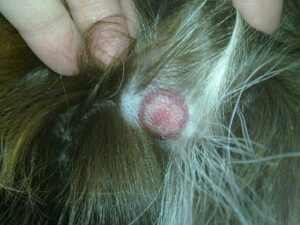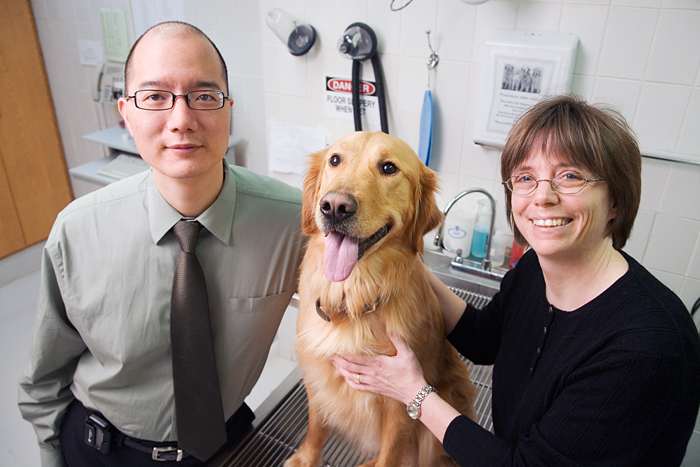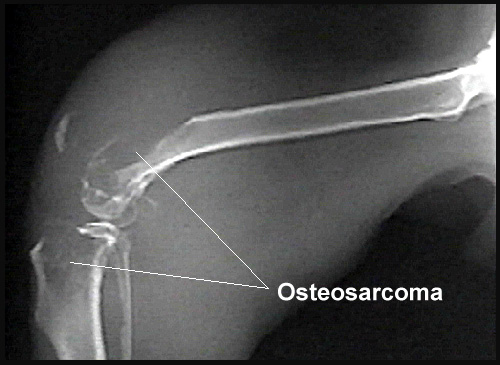Skin cancer in dogs is not an uncommon or unusual phenomenon. It may occur because of viruses, hormonal changes, overexposure to the sun, vaccines and even genetics. While bathing your dog, you should be paying a lot of attention to his skin. Any lumps, discolorations and pigmentations that were not noticed before, should be taken very seriously by you. If your dog has any kind of lumps or bumps that are consistently growing in size, you should become extra alert and take him to the doctor as soon as possible.
 The only guaranteed way of finding skin cancer in dogs is by opting for a biopsy. Your doctor will be removing the entire growth for checking if it is smaller. However, if it is more than one inch in diameter, he will only take a small sample for testing with the fine needle method. There are many kinds of skin cancer in dogs. Let us check the common results that your doctor will tell you about.
The only guaranteed way of finding skin cancer in dogs is by opting for a biopsy. Your doctor will be removing the entire growth for checking if it is smaller. However, if it is more than one inch in diameter, he will only take a small sample for testing with the fine needle method. There are many kinds of skin cancer in dogs. Let us check the common results that your doctor will tell you about.
Skin Papillomas– these are smaller growths that are quite like warts. These benign growth can occur underneath the nails, on the torso of the dog or even his foot pads. These are usually causes by canine oral papilloma virus. Most of the smaller breeds of dogs, like Poodles, develop this kind of disease in old age. In general, you will not require to follow a specific treatment procedure. However, if the dog starts to bleed, then you should definitely be looking for a treatment for the dog. Removal of these warts can then be performed by the vet.
Hematomas– this disease occurs when a blood clot is formed under the skin. This can usually happen because of contusion or a blow. These are not skin cancers but must definitely get them drained. If these hematomas are found on the ears, pay special attention to them. They may later turn bone cancers.
Epidermal Inclusion Cysts– also known as sebaceous cysts, they may occur anywhere on the body. Terriers, Spaniels, Schnauzers and Poodles are more likely to contract this diseases. A cyst is usually formed because of sebum and hair buildup. Though they are very small in general, they can go as large as a one and a half inches. Drainage of these cysts is usually recommended in order to avoid infections. They can also be removed in case the vets find them to be severely affecting the dog.







